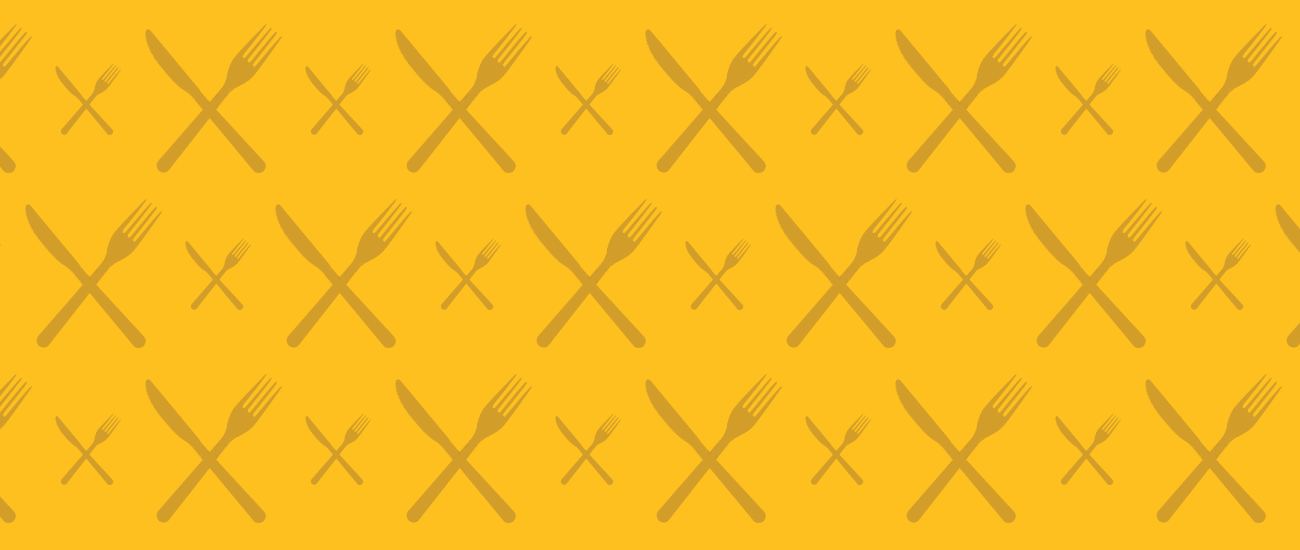
Imagine if Matisse limited himself to one color. His paintings wouldn't be quite so beautiful. It's the same with whole grains. Once you start cooking with them, you realize white flour is kind of monochromatic. Whole grains extend the range of flavors and textures in baking, but you need to know how to use them. Take spelt, for example. This grain goes back at least 7000 years, which means bakers had a lot of time to play with it. Unlike whole wheat flour, it doesn't have bitter notes -- in fact, it is slightly sweet -- and it creates a tremendously rich, nutty crust. For these reasons, I recommend starting with spelt rather than whole wheat flour if you're new to whole grains.
Now whole grains have the reputation of being heavy, leaden, bombs, but that needn't be the case. This loaf was light and airy, not dense at all (though the crumb was fairly tight). While open-hole ciabatta loaves are all the rage these days, this loaf can make a nice sandwich or toast. The flax seeds add an assertive bite and crunchiness. Paired with spelt, they complement one another.
 When I bake, I aim for taste, texture and the experience of a stellar loaf, but that said, this bread packs a nutritional punch. One serving of spelt contains 8 grams of fiber and a whopping 10.7 grams of protein. Flax seeds are chock full of omega-3 fatty acids and are also extremely high in fiber. Since the loaf contains 50% white bread flour, those figures are reduced, but still, a couple of slices for breakfast will last you until lunch.
When I bake, I aim for taste, texture and the experience of a stellar loaf, but that said, this bread packs a nutritional punch. One serving of spelt contains 8 grams of fiber and a whopping 10.7 grams of protein. Flax seeds are chock full of omega-3 fatty acids and are also extremely high in fiber. Since the loaf contains 50% white bread flour, those figures are reduced, but still, a couple of slices for breakfast will last you until lunch.
I use a stiff sourdough starter in this dough, which helps build up the mild acidic flavor notes. The bread flour adds structure, so the loaf isn't too dense, but as you get used to spelt you can try reducing the percentage of white flour. For those who work with bakers percentages, this dough has a roughly 70% hydration (excluding the flax seed soaker).
Can this loaf be made with instant yeast instead of sourdough starter? Probably, though I haven't tried it. Thinking out loud, I would make a biga starter with 1/4 teaspoon instant yeast, 106 grams water and 80 grams of each type of flour. Then I would try adding another 1/2 to 1 teaspoon instant yeast to the final dough. If you try this, let me know how it works out.
This recipe makes two large batards or boules.
Sourdough
70 grams stiff starter
80 grams water
60 grams organic white bread flour
60 grams organic spelt flour
Flax Seed Soaker
1/2 cup (85 grams) organic flax seeds
75 grams water to barely cover the seeds
Final Dough
250 grams sourdough
Flax seed soaker
280 organic white bread flour
280 organic spelt flour
400 grams water
14 grams coarse sea salt
1. Mix starter, cover and let sit overnight (8-12 hours) at room temperature of about 75 F degrees. Pour the flax seeds into a separate bowl and just barely cover with water, then cover the bowl. By the morning, the flax seeds will have absorbed all the water. (In a pinch, even 2 hours of soaking will do). Ideally, the starter will have risen fully and then just started to deflate.
2. Combine the starter and water in a bowl and mix it up with a wooden spoon or spatula until combined. Add the flours and using a plastic bench scraper, spoon or mixer with dough hook, mix the dough until all the lumps of flour are gone. This will take about 2 minutes. Cover and let rest for 20 minutes.
3. Add salt and mix on a slow speed, about 4 minutes. If kneading by hand, do so until the salt is mixed throughout and the dough is starting to take on a smooth appearance, about 5 minutes. Add the flax seed soaker and using your hands or the mixer, continue mixing until the seeds are evenly distributed.
4. Form into a ball and place in a clean, oiled bowl and cover for the first rise. Assuming the temperature is around 75F, turn the dough out onto the counter and fold it at 50 minutes. Be careful not to tear the skin of the dough. Fold again at another 50 minutes. Let it rest for another 50 minutes, for a total rise of 2.5 hours.
5. Turn the dough out on a lightly floured counter, divide in two and form into rough batards or boules. Let rest for 15 minutes, then finish shaping the loaves. Place them in a floured towel inside a bowl, or a floured couche for batards and cover with a towel or plastic wrap.
6. The final rise should take 90 minutes. Or, to build up the flavor of the loaf, cover the loaves then let them sit for 30 minutes before putting them in the refrigerator in a closed plastic bag. (I use Ziploc Big Bags ). Retard the loaves for 8-12 hours, or longer if you want a pronounced sour flavor.
). Retard the loaves for 8-12 hours, or longer if you want a pronounced sour flavor.
7. When ready to bake, check the loaves. They should have risen by about 75%. If they have risen sufficiently in the refrigerator, keep them there until baking. Otherwise, remove one loaf and let it rise at room temperature for another hour as the oven is preheating.Turn the oven to 460 F with a baking stone in the middle of the oven and a rimmed sheet pan on the bottom. Preheat for at least one hour.
8. When ready to bake, slash the loaf in a square pattern with a bread knife or blade, then place in the oven on the heated stone. (Batards can be slashed lengthwise). Pour 2/3 cup of water into the sheet pan and close the door. Bake for 30 minutes. Turn down the oven to 420 F and keep baking for another 15 minutes. Check the loaf. It is done when you rasp it on the bottom with your knuckle and it makes a distinct hollow sound. If not yet done, turn down oven to 400 F and keep baking for 10 minutes. Then turn off the oven, open the door slightly and let the loaf sit for another 10 minutes. Repeat with the second loaf.
9. Allow the loaf to cool for at least one hour before cutting it open.
Check out this loaf and others on yeastspotting.
- Samuel Fromartz


 , which represents a kind of culinary watershed in whole grain baking, because she takes a dozen underused grains from amaranth to teff in entirely new directions.
, which represents a kind of culinary watershed in whole grain baking, because she takes a dozen underused grains from amaranth to teff in entirely new directions.  . It also includes good basic information on cooking whole grains.
. It also includes good basic information on cooking whole grains.  , which is $21 and change over at Amazon, for the bargain basement price of $1.99 in an iPhone app -- that is, if you've already spent hundreds on the iPhone itself.
, which is $21 and change over at Amazon, for the bargain basement price of $1.99 in an iPhone app -- that is, if you've already spent hundreds on the iPhone itself. ). Retard the loaves for 8-12 hours, or longer if you want a pronounced sour flavor.
). Retard the loaves for 8-12 hours, or longer if you want a pronounced sour flavor.